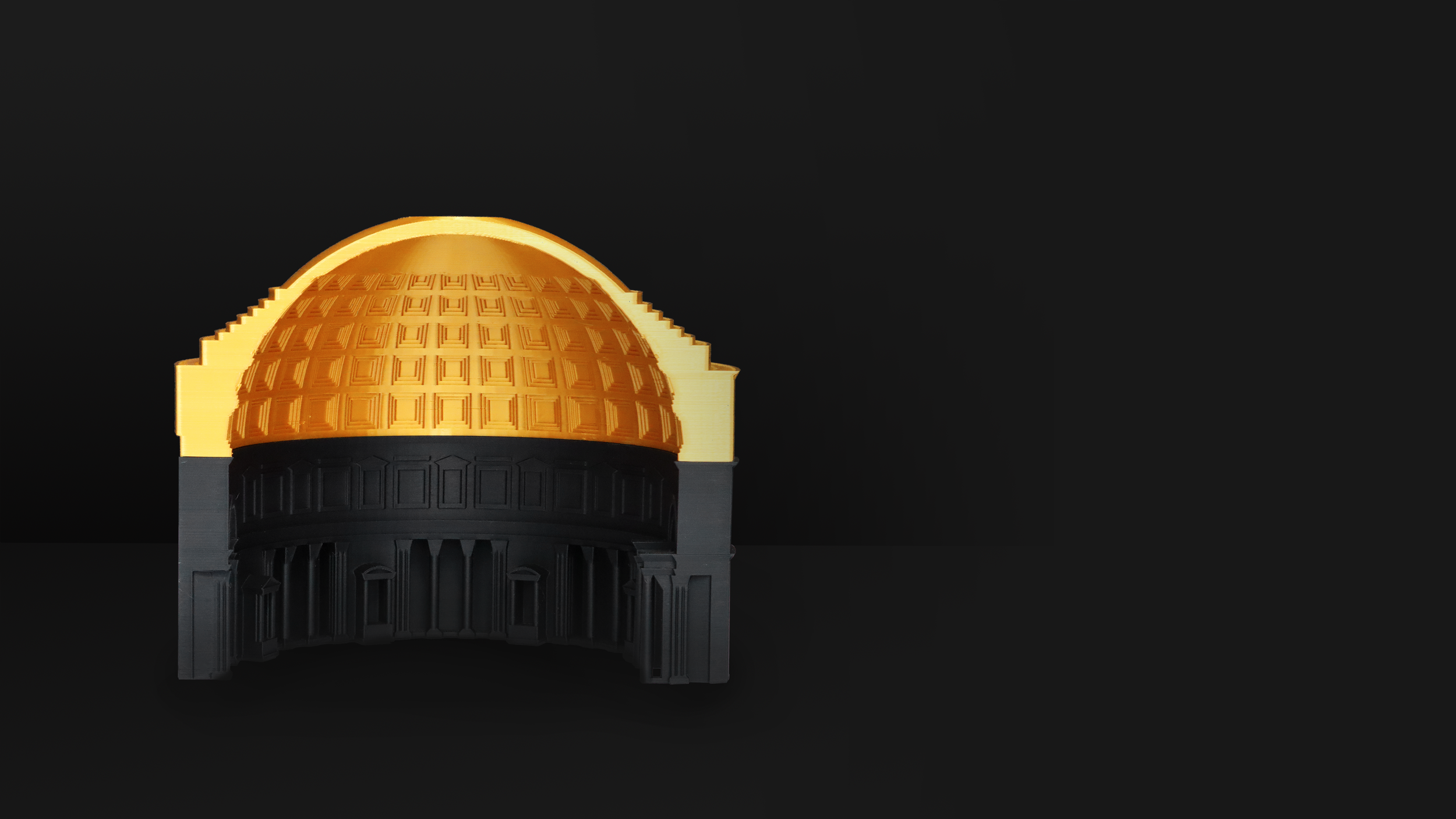
On-Demand 3D Printing
Simply fill out our form, upload your digital files, and leave the rest to us to produce your parts as fast as you need them
-

Quote response time within 24 hours to get your project started ASAP.
-

Variety of colours and materials at your disposal to fit any project need.
-

Guaranteed high quality parts every single time.
-

Free local pickup from our workshop and available shipping options worldwide.

Experience Effortless 3D Printing
Fast turnaround 3D printing with No MOQ’s.
Professionally produced 3D Printed parts are only a click away, saving you time and money so you can focus on the more important aspects of your business.
Our Technologies
Fused Deposition Modeling (FDM)
Ideal for Cost Effective Rapid Prototyping
Flexible and Rigid Thermoplastics Available
Printing in as fast as 1 day
Stereolithography
(SLA)
High Resolution and Detailing
Ideal for Fine Detail/Small Scale Applications
Printing in as fast as 2 days
MATERIAL OPTIONS
PLA, PETG, TPU, ABS, ASA, PAHT-CF
FDM
ABS-Like Resin, Clear Resin, Translucent Resin, Castable Wax Resin, Tough Resin
SLA
MAX PRINT SIZE
256 x 256 x 256 mm
219 x 123 x 250 mm
DIMENSIONAL ACCURACY
Within ± 0.5% of original dimensioning
Within ± 0.15% of original dimensioning
LAYER HEIGHT RANGE
High Quality: 0.12 mm - Draft: 0.32 mm
High Quality: 0.01 mm - Draft: 0.1 mm
APPLICATIONS
Fitment tests, proof of concept, functional components
Visual prototypes, fine detail parts, scale models
FAQ
-
The size of your print in addition to the infill you select will impact the final cost and production time of your print.
A higher infill percentage will result greater strength overall, but will also increase the cost and time required to print. Thus, we recommend using a minimum infill of 20% for decorative prints expected to experience little to no stress, and a higher infill, anywhere between 30-60% for parts being used in more industrial and high stress applications.
-
There are many ways to optimize cost for additive manufacturing with the way you design your parts. For instance, models with steep overhangs often need support material which adds to the cost. If possible, design your parts to have overhangs under 45 degrees to remove the need for supports.
Additionally, you can remove material from areas of your part to reduce weight and material used to produce your part if possible.
-
Layer height is a term used to describe the thickness of each individual layer of a 3D-printed part and is often used to determine the quality of the print itself. A lower layer height means less visible layers resulting in a smoother finish and better quality overall.
The lowest achievable layer height ranges from technology to technology with SLA being capable of producing much lower layer heights compared to FDM.
Additionally, the size of the layer height also determines how small of a feature can be captured on a 3D-printed part. SLA can produce parts with a layer height as small as 0.01 mm whereas FDM can only produce a layer height as small as 0.12 mm so its always good to design your parts according to the technology you intend to use
-
For parts designed to fit into each other, we recommend a minimal tolerance of 0.3 mm for a tight press fit.
This tolerance may not always work depending on the design and printing technology used and is intended as a guideline.


